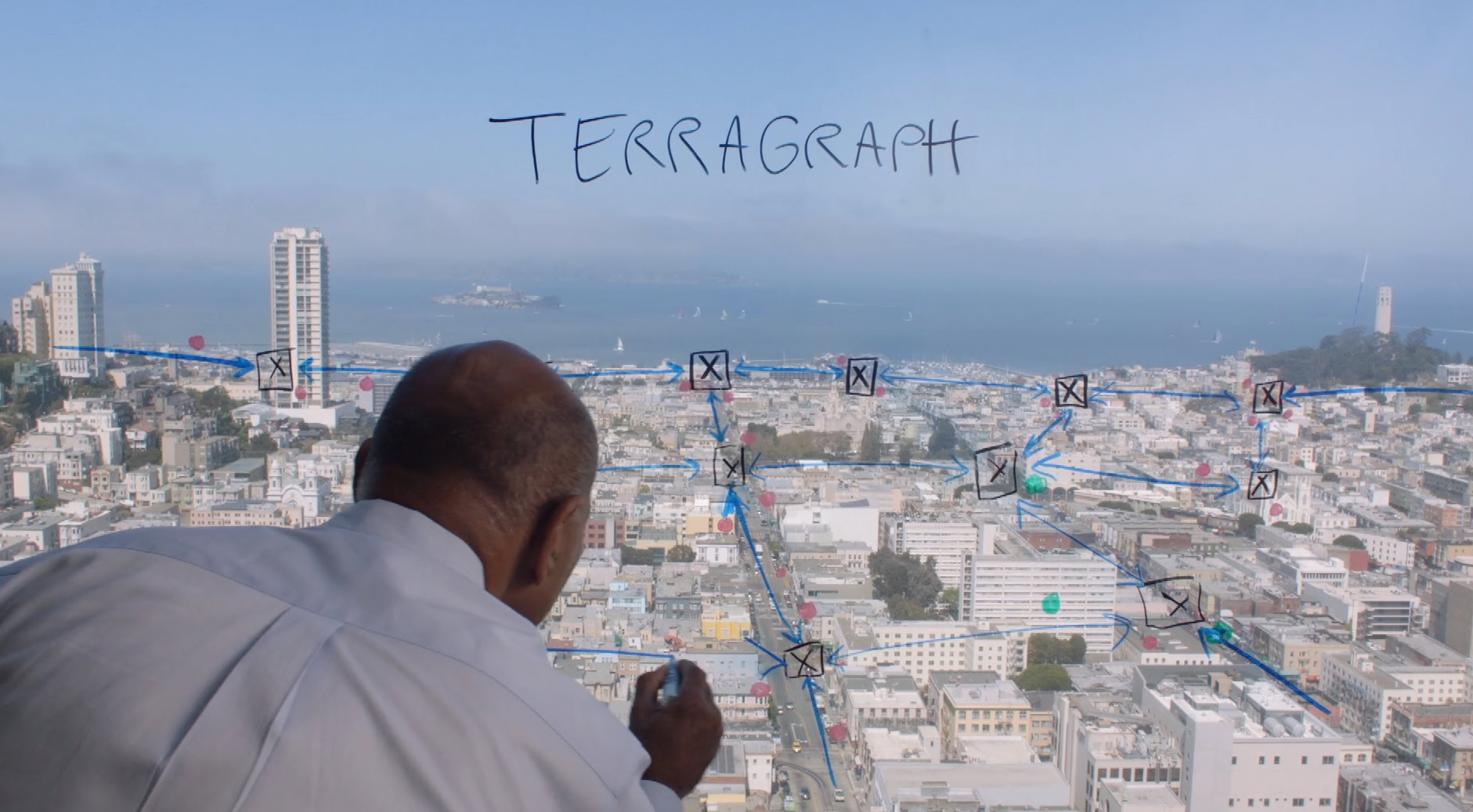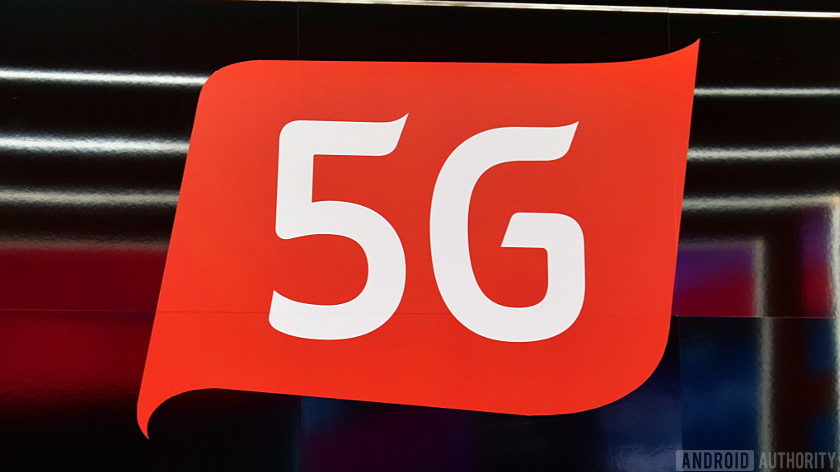Affiliate links on Android Authority may earn us a commission. Learn more.
Facebook and Qualcomm join forces to speed up the internet, but then what?

- Facebook announced the Terragraph Project in 2016. It’s a Wi-Fi solution to the inherent problems that come with laying down fiber cable.
- Qualcomm is now on board with Terragraph, creating chipsets to access the network.
- However, it is not clear what will happen with Terragraph. Is Facebook going to become an ISP?
Back in 2016, Facebook announced a new program called the Terragraph Project at its annual developer conference. With Terragraph, Facebook plans to bring high-speed internet to rural and urban areas where laying down fiber lines would be prohibitively expensive or disruptive to the community.
Now it looks like Qualcomm is joining together with the social network giant to bring the Terragraph Project to life. According to the press release on the matter, Facebook is developing the hardware and deployment procedures for the Terragraph system, while Qualcomm will create chipsets that will give manufacturers the ability for their products to access Terragraph.

At its most basic core, Terragraph is a Wi-Fi network that utilizes multiple nodes across an area to create a kind of “air fiber” network. Instead of laying down fiber lines – which in rural areas can be incredibly costly and in urban areas can shut down entire city blocks – Terragraph would use multiple access points that are built into existing structures throughout a region.
For example, a series of street lamps in a downtown urban area could be fitted with Terragraph nodes. Installation would be quick and easy, with no construction crew necessary. Each node would communicate with another node, creating a mesh network in that city area.
Terragraph could solve a lot of problems inherent with fiber deployment. But then what?
Terragraph technology uses 60GHz frequencies, which creates a few benefits and a few problems. One of the significant benefits to the 60GHz spectrum is that it is unlicensed (i.e., the government doesn’t regulate it, so it is fair game for anyone to use), and another is that it allows for incredibly fast speeds, akin to the rates you’d get with traditional fiber. But a major problem with the 60GHz frequency is that it is weak when it comes to penetrating walls and structures, which is the main reason it’s not generally used.
Facebook says it has a solution to this problem, and with Qualcomm’s help, it plans to launch a test market for Terragraph in the middle of 2019. However, it is not clear where that test market will be.

It is also not clear what Facebook plans to do with Terragraph once it’s deployed. Will Facebook start its own ISP service, akin to Google Fiber? Or will this be free internet that you can use to access Facebook and Facebook-approved sites, like its Free Basics program? Either situation could cause controversy relating to Facebook’s current problems with user privacy and propaganda.
You can check out the Terragraph website here, where there is a brief video that gives you an idea of how the technology works.
NEXT: You might soon be able to “swipe left” using a Facebook dating service